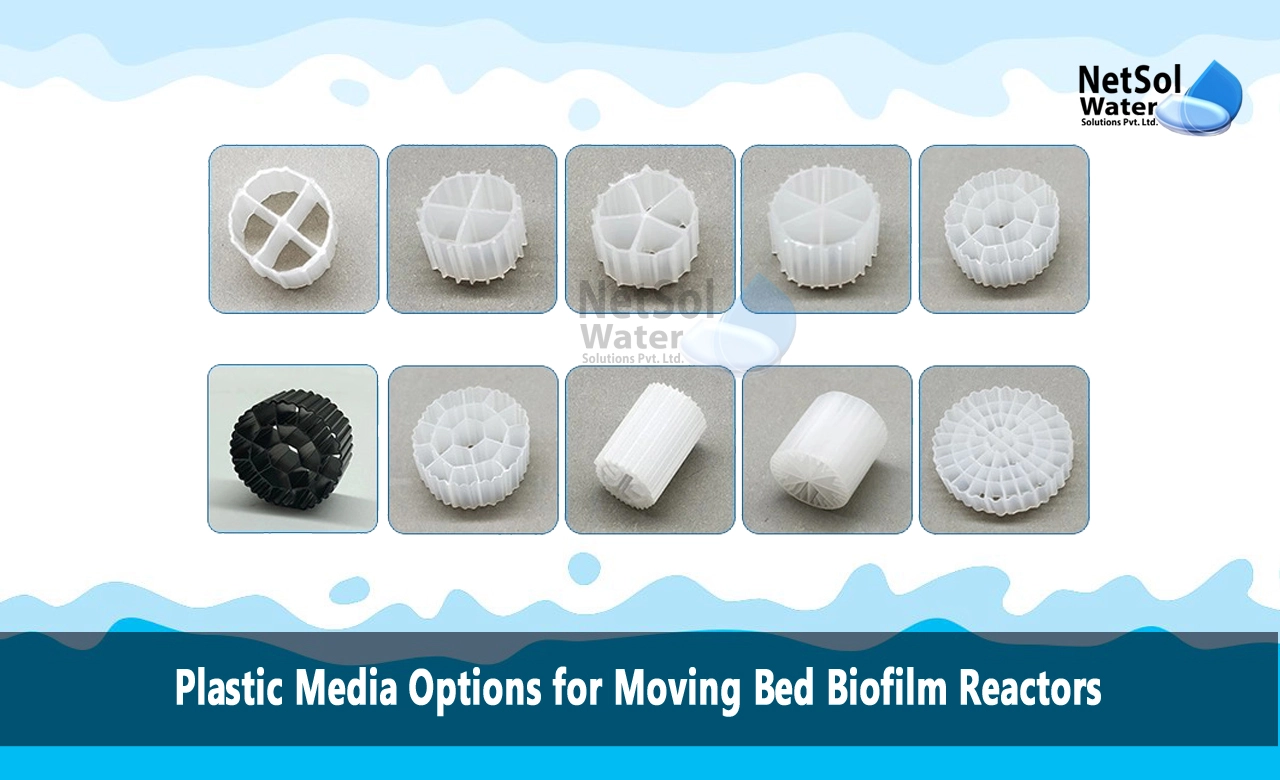Which Plastic Media Options for Moving Bed Biofilm Reactors?
Moving bed biofilm reactors (MBBRs) are a type of wastewater treatment system that utilize plastic biofilm carrier elements to provide a surface for microorganisms to grow on. The plastic media provides a large protected surface area for biofilm formation and aerobic biological treatment processes to occur. There are several different types of plastic media that can be used in MBBR systems, each with their own advantages and disadvantages. This blog will discuss the main plastic media options available and compare their key characteristics and applications.
Plastic Media Options for Moving Bed Biofilm Reactors
1- High Surface Area Plastic Media
High surface area plastic media is designed to maximize the surface area available for biofilm growth within a compact reactor volume. Media shapes are typically geometric and include options like cubes, cylinders and panels. High surface area media is injection molded from polyethylene or polypropylene and is extremely durable and reusable.
The high surface area allows for high-density biofilm growth, which translates to increased treatment capacity. The plastic construction is neutrally buoyant, allowing the media to fluidize freely within the reactor. Media attrition is very low, leading to long life cycles. High surface area media can be applied for both municipal and industrial wastewater treatment. Limitations include potential clogging issues in highly concentrated waste streams.
2- Low Clog Plastic Media
Low clog plastic media is designed to prevent excessive solids loading and clogging issues that can occur in MBBR systems. The open structure media designs allow solids to flow through rather than accumulate within the biofilm carrier element. Common low clog media shapes include panels, rings and coils. They are also injection molded from polyolefin plastics for durability.
Low clog media provides good surface area while maintaining an open design. This allows them to handle higher solids loading rates than high surface area media, making them ideal for industrial applications. Limitations include lower specific surface area, so more reactors volume is required compared to other media options. The open structure can also make the growth of thick biofilms more challenging.
3- Neutral Buoyant Plastic Media
Neutral buoyant plastic media is designed to fluidize and move freely within the MBBR reactor without issues of floating or settling. Neutral buoyancy helps maximize biofilm exposure to water and maintains optimal conditions. Materials are designed with a specific gravity of 1.0 to match clean water.
The neutrally buoyant properties provide even water flow across the media surface, preventing dead zones. Limitations include potential for accumulation of solids over time, which can throw off the neutral buoyancy. Regular monitoring and cleaning is required. Neutral buoyant media can be prone to clumping issues as well within the reactor.
Conclusion
There are several plastic media options available for MBBR systems, with the optimal choice dependent on the specific waste stream characteristics and treatment objectives. High surface area media provides maximum treatment capacity but can be prone to solids clogging. Low clog media allows higher solids loadings but has lower specific surface area. Neutrally buoyant media enhances mixing and hydraulic exposure but requires monitoring to maintain neutrality. Each media type has benefits and limitations that must be weighed for a given application. Proper selection of plastic biofilm carrier is critical for achieving optimal MBBR performance and treatment results.
Do you need an advice or assistance on selecting the best water and wastewater treatment unit? We have solutions for all your problems!
Let us know your problem, our experts will make sure that it goes away.
For an assistance or related query,
Call on +91-965-060-8473 Or write us at enquiry@netsolwater.com



